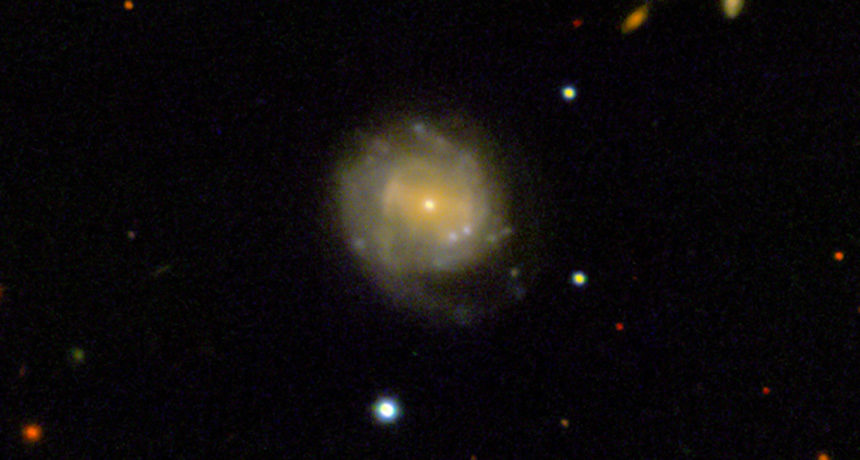
© R. Margutti/W. M. Keck ObservatoryHOLY COW - The cosmic oddity called the Cow may be a supernova that exploded in a dense environment. This image from the Sloan Digital Sky Survey shows the Cow’s host galaxy 200 million light-years away. The Cow itself is a bright spot at about 4 o’clock in the galaxy’s disk.
Newly released observations support the idea that the burst
occurred in a dense environment with strong magnetic fields, astronomer Kuiyun Huang and colleagues report in
The Astrophysical Journal Letters June 12.
These new measurements "for the mysterious transient ... provide one of the strong hints of its nature," says Huang, of the Chung Yuan Christian University in Taoyuan City, Taiwan.
Since the Cow appeared in June 2018 as a brief burst of light in a galaxy about 200 million light-years away, astronomers haven't been sure what to think of it. The initial glow flared more quickly and seemed 10 times brighter than an
ordinary supernova, the violent explosion that marks the death of a massive star (
SN: 2/18/17, p. 20).
Follow-up observations of the Cow - which got its nickname from the randomly assigned name "AT2018cow" - left
two main theories for what it could be: a strange sort of supernova, or an exotic star being shredded by a black hole (
SN: 2/2/19, p. 13). But neither theory alone could explain all the Cow's weird features.
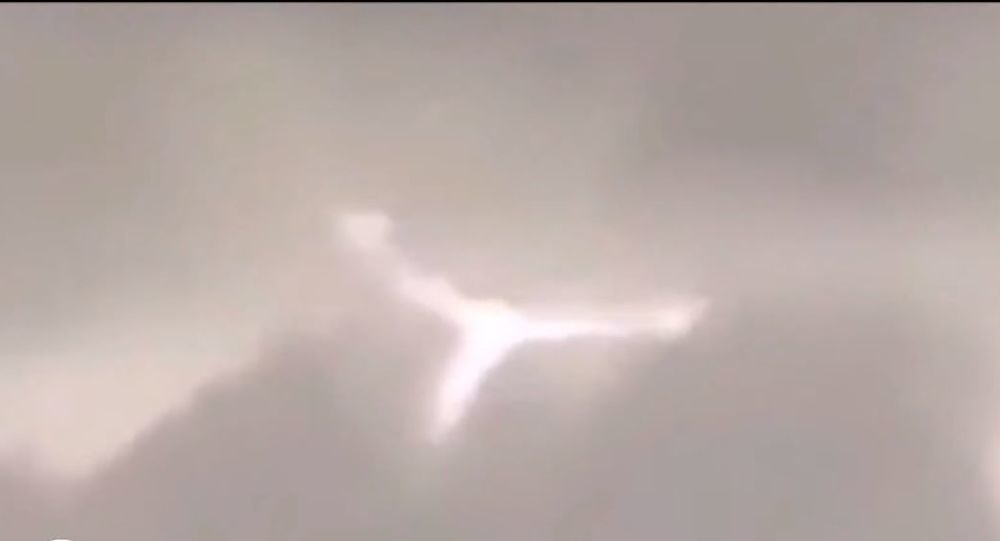
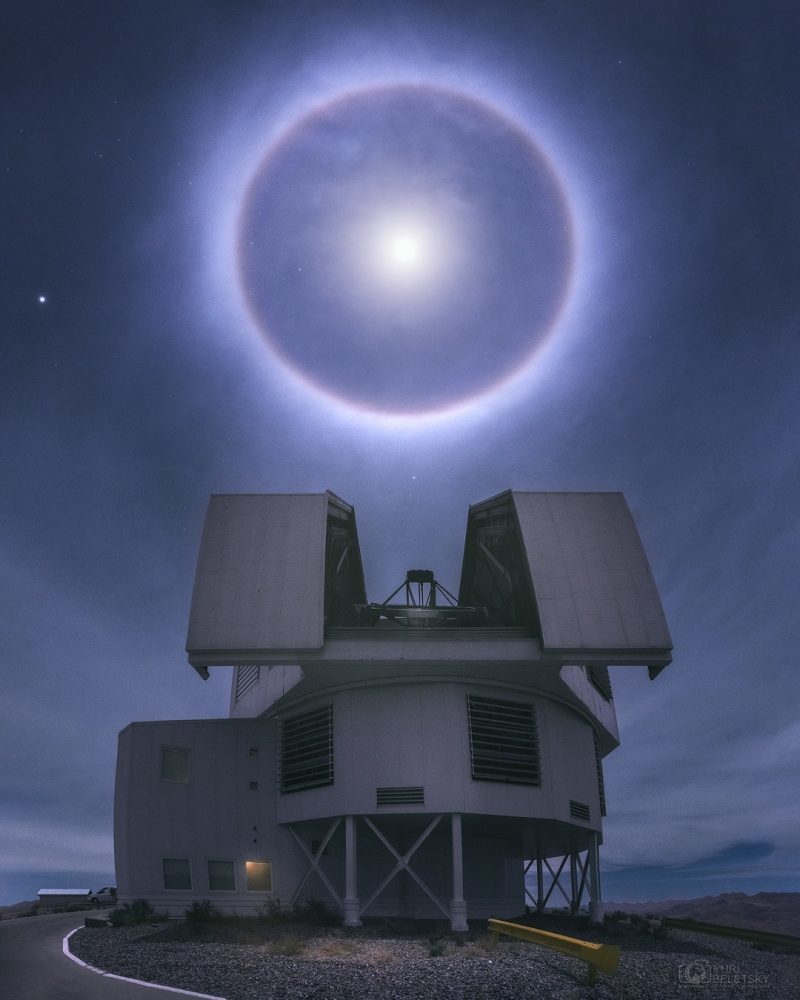


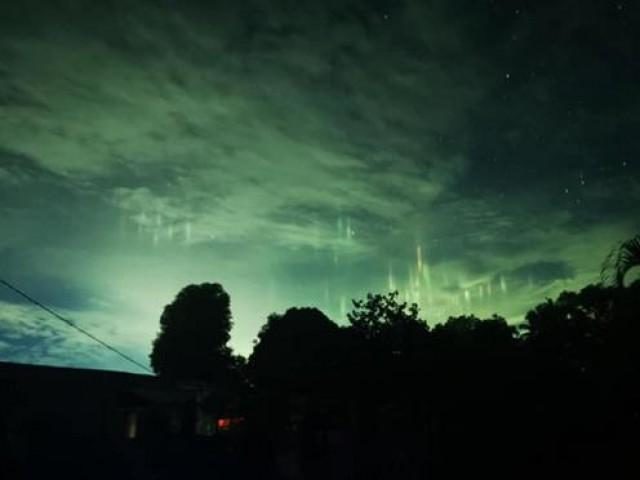
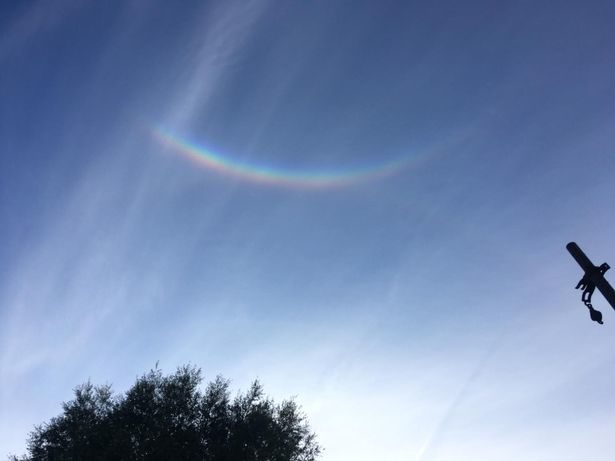
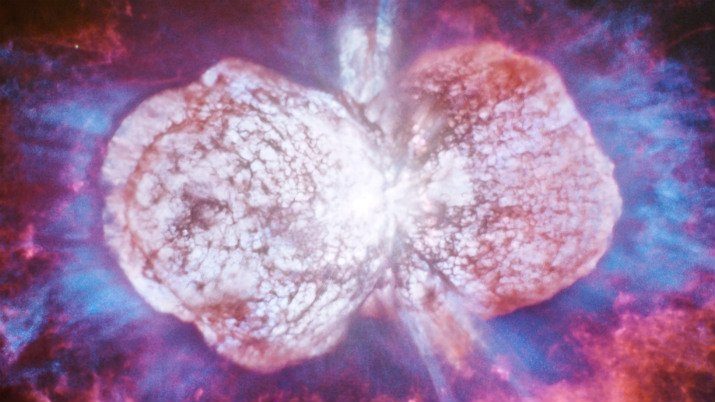
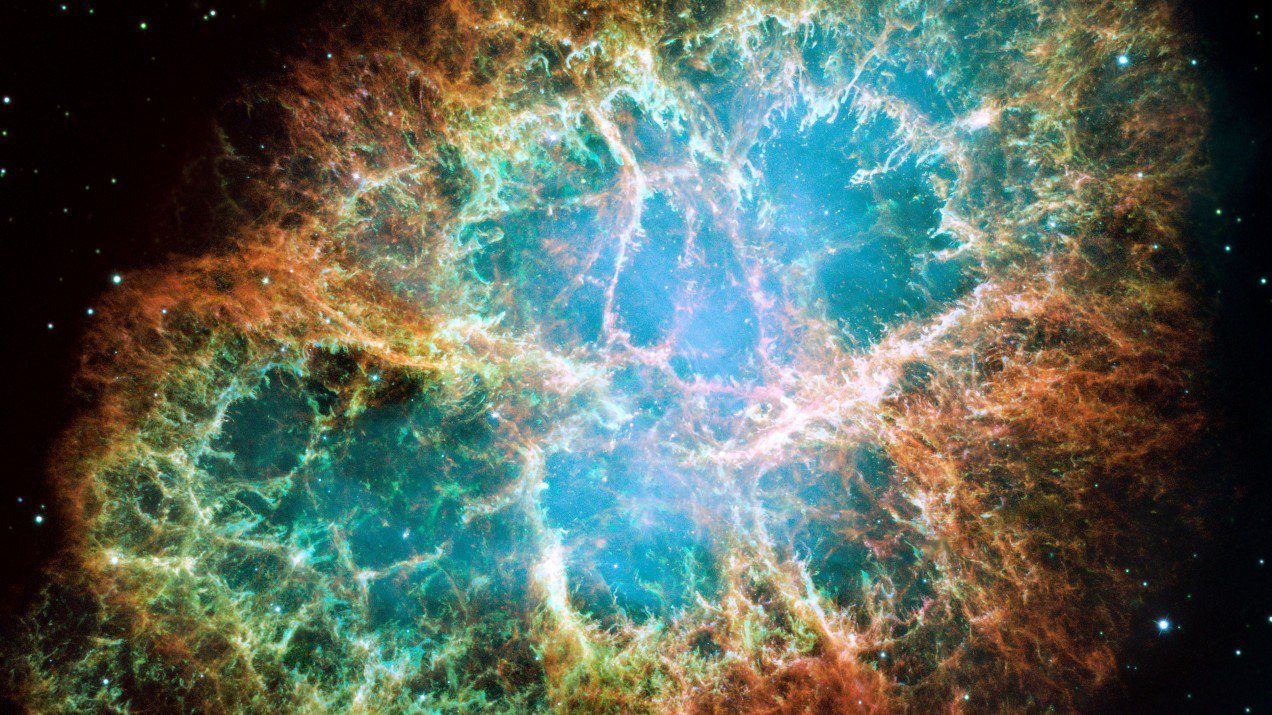

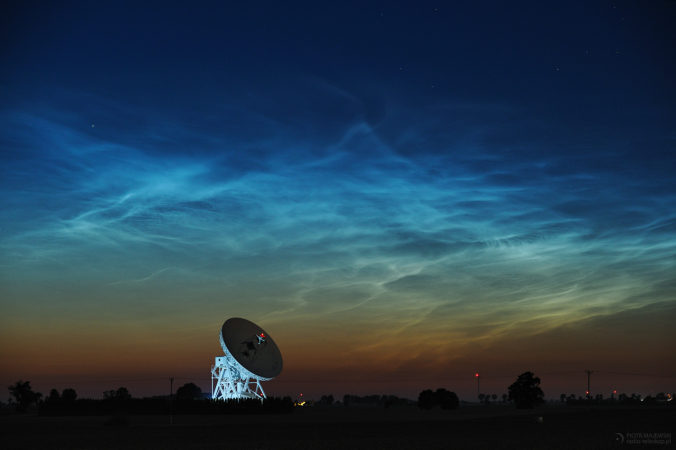



Comment: A similar event was captured over Missouri in April last year: Plasma event? 'Crazy sky phenomena' filmed in Raytown, Missouri
In recent times sightings of STEVE and other atmospheric events appear to be increasing. See also:
- Rare blue aurora and STEVE photographed over Calgary, Canada
- Strange auroral arc 'STEVE' observed in US, farther south than usual
- Rare video of aurora phenomenon "Steve" - formally discovered in 2017
- Rare green flash sunset photographed flickering into even rarer blue in Norway
- Citizen scientists help NASA find out more about an aurora named Steve
- New atmospheric phenomenon discovered by SWARM satellites
- Incredible aurora phenomenon captured over Washington and Alberta
- 'Strange' Arctic rainbow and red 'summer' sprites in winter - rare atmospheric events on the increase
- Sunlight drips through clouds and strange arc of dotted light spotted in sky at Missouri River (PHOTOS)
Electric universe theory provides rational, intelligible explanations for such atmospheric phenomena as ball lightning, plasma discharges, noctilucent clouds, lightning, hurricanes and tornadoes. For more information on this and much more read, Earth Changes and the Human-Cosmic Connection by Pierre Lescaudron and Laura Knight-Jadczyk.